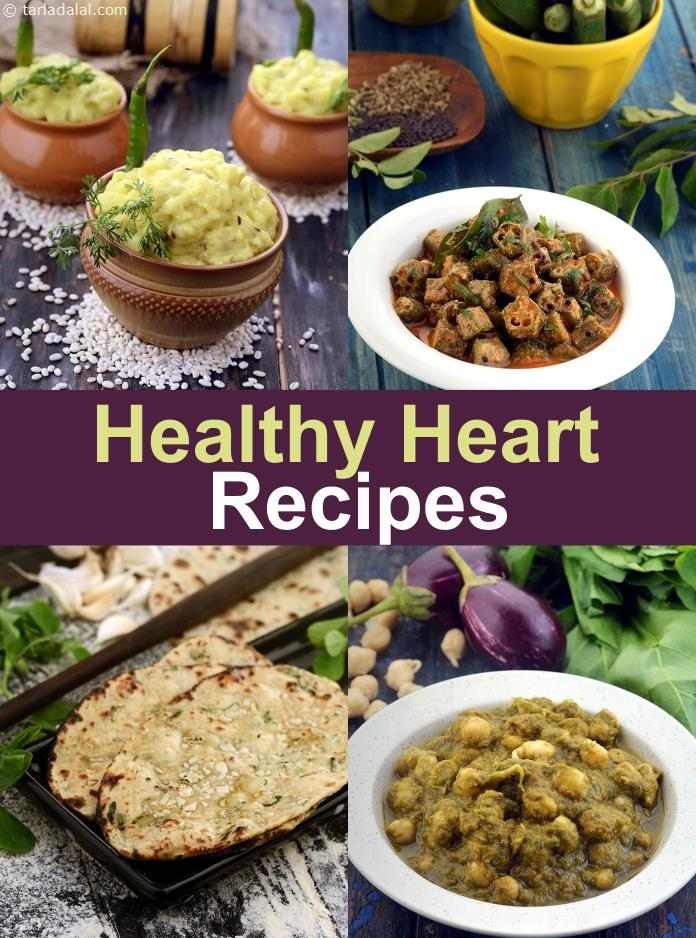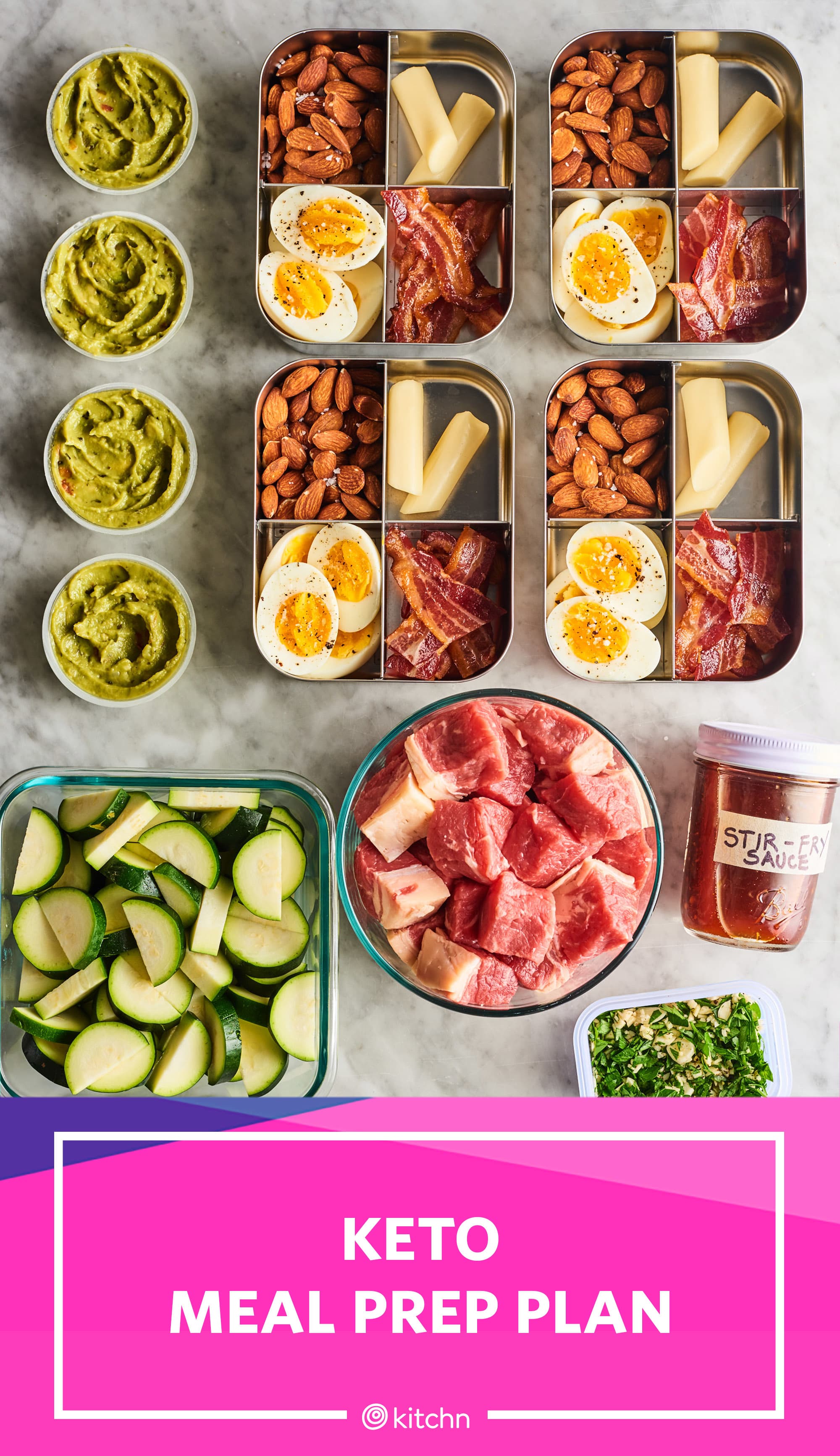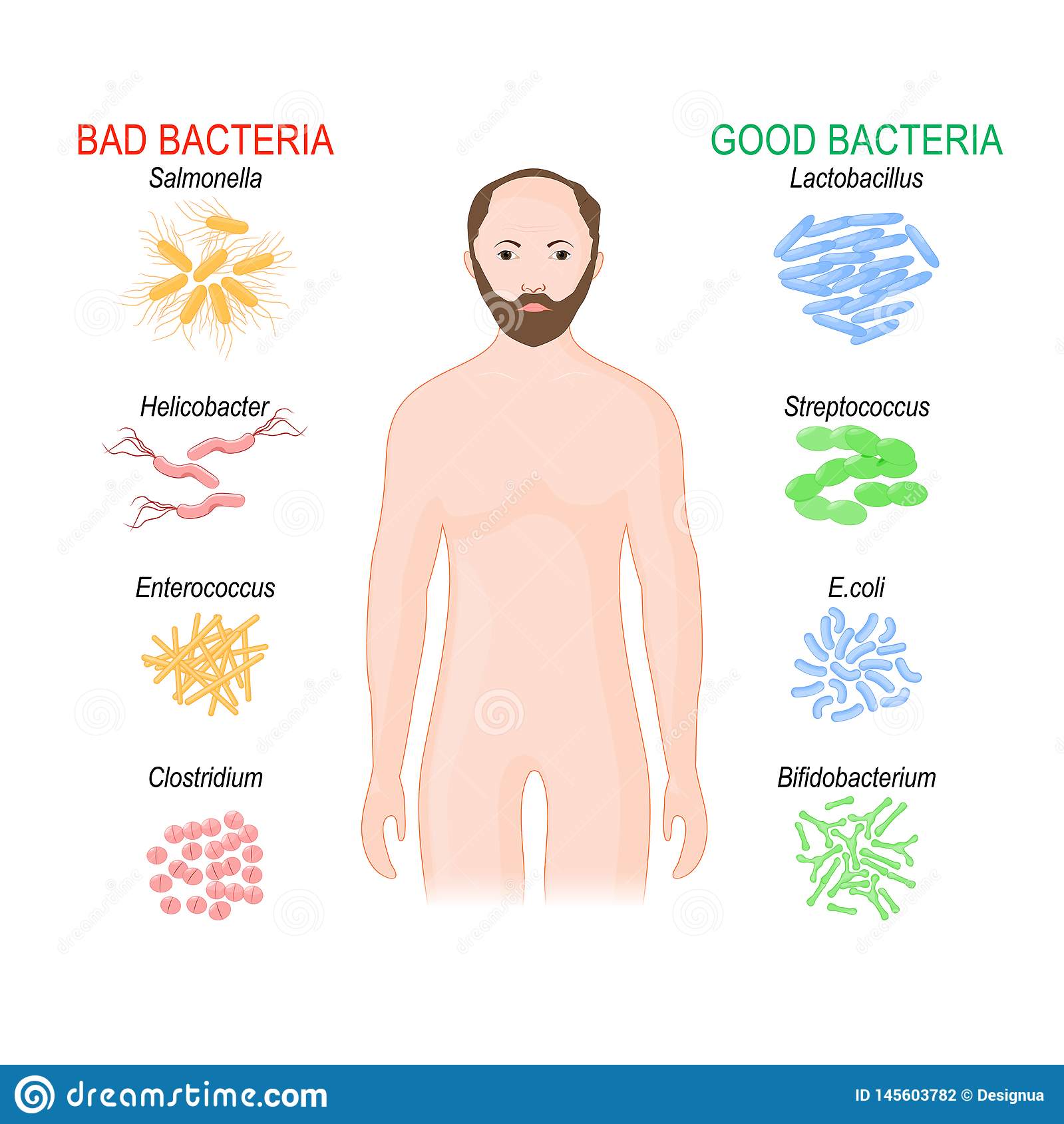
You can save time and money by creating a healthy dinner menu. It is easy to find heart-healthy recipes online or in cookbooks. These recipes may be low in sodium, sugar, or saturated fats. They are also richer in fiber and more nutrients that are good to the heart. They are easy to prepare and taste great. These recipes include healthy soups and salads as well as other dishes.
Unprocessed meats, whole grains and vegetables are good options for heart-healthy dinners. High-fat and high sodium foods should be avoided. Fries, bacon, and pork all have high levels of fat and sodium. Fruits and vegetables are essential for a heart-healthy diet.

The American Heart Association has a list of heart-healthy dinner suggestions. The American Heart Association has a list of healthy meals that you can access on their website. They include recipes that are approved by Heart & Stroke dietitians. These recipes can also be searched on recipe apps. These apps are easy to use because you can filter the recipes by healthy ingredients. These apps can also be fun. You have the option to choose the best recipe or create your own healthy meal.
Developing a heart healthy dinner menu can be fun. Recipes can include your favorite ingredients or flavors. Easy to prepare and cost-effective recipes are also available. You can choose a menu that includes foods that you and your family love. Some ideas include chicken, beef, and seafood. Whole-grain spaghetti is also an option.
These recipes are often low in fat and high in sodium and are simple to prepare. These recipes can be found in magazines, cookbooks, and recipe apps. Your local library will have cookbooks. EatingWell's Homemade Chicken Tenders with Everything bagel Seasoning over Salad is a quick and simple dinner idea. This recipe makes four servings and takes only 25 minutes.
A rice and bean meal is another healthy option. This recipe is low-sodium and made with black bean, salsa, pico de galo. It's a great alternative to traditional bean recipes. You can add a variety of flavors to the recipe, such as lemon, cilantro, garlic, or chives. You can also add chicken or shrimp to the recipe. Low-fat versions can be made by substituting cream with butter or yogurt.

A healthy dinner menu can help to reduce stress, anxiety, and stay healthy. It can also make you more satisfied, which may help to reduce the risk of developing heart disease. You can get a better nights sleep by choosing healthy meals. It's important to remember that you're not a doctor, and that you can't eat everything that's good for you. Avoid foods that can lead to cardiovascular disease such as tobacco, nicotine products and processed foods.
FAQ
What's the best strategy for weight loss?
Although there are some differences, weight loss and weight maintenance strategies can be very similar if you look closely.
Weight loss refers to losing weight more than it does about maintaining that weight.
The key difference between them is that losing weight means you're trying lose weight. Keeping weight down means you're trying keep it off.
Both require dedication, discipline, and commitment. Weight loss requires you to be more active in order to make it happen, while weight maintenance is easier. It is important to be disciplined.
Both must be healthy and you should exercise regularly.
To lose weight, however, you will need to change your eating habits as well as exercise regularly.
Weight maintenance can be easier if you are disciplined. Healthy eating habits and regular exercise are key to maintaining your weight.
Decide which one you want. You can make the right decision by considering your lifestyle.
Weight loss may be easier if you eat fast foods occasionally and exercise only occasionally.
However, maintaining your weight may be easier if you eat healthy food and exercise regularly.
It comes down ultimately to personal preference.
It is important to realize that losing weight does not necessarily mean becoming thinner.
You can feel happier and healthier by losing weight.
To lose weight, you need to change your eating habits and exercise regularly.
You'll get results faster than you ever thought possible.
Which breakfast is the best?
It's not easy to find a healthy breakfast. There are some foods that are better for you than others. Let's see what they are and which ones are best.
It is important to determine how much fat your body needs each day. This involves knowing your daily calories. Next, we'll examine the most important nutrients found in food to determine which ones should be your focus.
Next, we'll go through the list of recommended breakfasts and pick the healthier options. We will also discuss the reasons these foods might be better than others.
Finally, we'll look at some of the worst choices for breakfast and explain why they aren't worth eating.
Let's get down to the basics: What breakfast is the most nutritious?
This question doesn't have a single answer. Instead, it depends on many different factors. The type of person you are, what time of day you plan to eat, where you live, whether you have kids, etc.
If we take all that into consideration, these are the top 3 picks.
-
Eggs are one food that can help to lose weight. They're packed with protein which helps build muscle and keep you feeling full. Research has shown that egg-eating people tend to be less overweight than those who do not. Organic eggs are also free from pesticides or antibiotics.
-
Greek Yogurt has about five times the amount of protein found in regular yogurt. It is a great way of increasing your intake high-quality protein. Controlling your hunger is important.
-
Oatmeal is filling and nutritious. It doesn't need to be prepared. Plus, oatmeal contains fiber, which slows digestion, so you feel fuller longer. Oatmeal is also loaded with antioxidants, but you probably won't notice because you'll likely drink coffee or tea along with it. These beverages are high in caffeine which decreases the antioxidant benefits.
Let's get on to the next question.
Here's the quick answer: It depends.
Grab a bagels from the grocery store if you need something fast. Bagels have a low amount of calories and carbs and are mostly water-based.
You don't even have to cook them, making them very convenient!
Bagels can be bad for you. Research shows that people who eat bagels often gain weight over time.
Although bagels have less sodium today, they still have lots of sugar.
Another option would be to grab a muffin or scone from the supermarket's bakery section. These are often made with butter and white bread flour.
Scones and muffins are filled with nuts, fruits, or other good ingredients. They are therefore better than a bagel.
The bottom line is that breakfast is a good choice. However, you want to ensure that what you eat for breakfast will not leave you hungry later in your day.
How much food do I need every day?
Calorie requirements vary depending on gender, age, activity level, size, health status, and other factors.
Generally speaking, adults require between 1,200 and 1,800 calories per day to maintain their current weight.
Calories are comprised of carbohydrates (starchy vegetables), protein, fat and fiber.
Carbohydrates are composed of glucose and fructose. Glucose is the primary source of energy for our muscles. Fructose supplies additional energy to our brains, nervous system and muscles. Sucrose is a mixture of glucose and fructose. It is easier to digest than either pure glucose or fructose.
Protein is vital for muscle growth and repair. You can find protein in meat, poultry eggs, eggs, milk and cheese as well as in yogurt, soybeans, legumes and soybeans.
For good health, fat is important. Fat is good for you. It helps you stay fuller longer.
Fat also protects against cardiovascular diseases, high cholesterol, and many cancers.
Experts recommend that you limit your intake of saturated fats to 30% of your daily calories.
However, no evidence reducing saturated fat will lower your risk of developing cardiovascular disease.
A healthy diet should consist of 20-35% carbohydrates, 10%-35% protein and 35%-50% fat.
What is your favorite healthy drink?
It is difficult to find the most nutritious drink in the entire world. Although some drinks are more healthy than water they are not the best.
The reason is quite simple; the best drink is the one you prefer. We mean our favorite drink when we ask the question "What is your healthiest drink?"
This is why it shouldn't surprise us that the answer to this question varies based on where you are located. Even within one country, the answer is different.
For example, in Japan, the number one choice is green tea, while in New Zealand, coffee wins. In India milkshakes are very popular, but in Australia beer reigns supreme.
It doesn't really matter which drink is healthiest, because everyone has their own preferences.
What matters is whether the drink is healthy or not. Again, definitions of healthy vary from one person to the next.
While one person might find wine unhealthful, another person might find it perfectly acceptable. While a glass of red wine with a piece of cake might be unhealthy for one person, it could be great for another.
There is no universal definition of healthiness. Even more importantly, there is no universally accepted way to measure healthiness.
It is impossible to say which drink is better. We cannot make such a statement without knowing how much alcohol is contained in each drink.
We wouldn't know this, but it could still cause problems. Alcohol levels vary depending on the alcohol consumed. For instance, a white wine contains far fewer calories than a red wine.
While we can compare different beverages on the basis of their calorie contents, we cannot assert that one beverage has more health benefits.
One way to determine the percentage of alcohol in each drink is to create a formula. But this would only take into account the alcohol content and not the composition.
Even if that were possible, we still need to know exactly what each beverage is made of. This information cannot be accessed at all times.
Restaurants may not disclose the ingredients in their food. Some people don’t like it when others know what they eat.
The bottom line is, however, that we cannot determine which drink will be healthier.
What is the 40-30-30 Diet Plan?
The 403030 Plan is an easy-to follow program that will help you lose weight fast, and keep it off throughout your life. This program is a combination three powerful strategies that will help you lose weight faster and control your appetite.
This program offers:
-
An extensive food diary that helps you track your daily calories intake and flag hidden foods that might be sabotage.
-
An exercise routine that combines strength training with cardio exercises to boost metabolism and reduce body fat.
-
Your individual nutrition plan is based on your results.
Weekly emails will be sent to you with tips and motivation so that you can continue your journey towards better health.
Nothing is more important than losing unwanted pounds
What's a good meal plan for 30 days?
To lose weight quickly, eat three meals per days. Each meal contains approximately 2000 Calories. These meals should be a mixture of protein, carbohydrate and fat. Protein will keep you fuller for longer and provide energy. Carbohydrates are a great way to fill up and give you energy. Fat is a good source of energy and keeps you satisfied.
-
Avoid skipping meals. Skipping breakfast makes you more likely to overeat later in the day. You should replace your breakfast with an apple or banana if you skip it. This will give you the exact same amount of energy with no empty stomach.
-
Eat no later than 6 pm. Snacking the next morning is more likely if you eat too late at night. Snacks tend to be higher calorie foods which add extra pounds.
-
Avoid processed food. Salt, sugar, as well as saturated fats are common in processed food. These ingredients can raise blood pressure and increase your risk of developing cardiovascular disease.
-
Eat lots of fruits and vegetables. Low in calories, vegetables are high in fiber. Fiber fills you up quickly, and slows down digestion. Fiber makes you feel fuller and lasts longer.
-
Don't drink alcohol. Alcohol can lower inhibitions and encourage overeating. Insulin effectiveness is also decreased by drinking alcohol, which is important for the breakdown of carbs.
-
Limit caffeine. Caffeine increases adrenaline levels and stimulates your nervous system. These factors both lead to increased appetite.
-
Make sure you drink plenty of water. Water flushes out toxins, and helps you stay hydrated. Drinking lots of water can prevent you from becoming dehydrated. Salty snacks can be a result of dehydration.
-
Get active. Exercise boosts endorphins. This makes you happy. Exercise can also increase metabolism, which means you will burn more calories.
-
Get enough rest. Sleep enhances moods, concentration, and memory. It helps with memory and learning. Lack of sleep leads to fatigue and overeating.
-
Consider taking supplements. To get the essential vitamins, such as Vitamin B or D, take multivitamins every day. Omega 3's reduce inflammation and improve brain function.
-
Take care of your body. Keep your weight under control by exercising regularly and eating a balanced diet. Avoid unhealthy habits such as smoking and drinking excessive alcohol.
Statistics
- Half a cup of 1% cottage cheese has 14 grams of protein and only about 80 calories, so one portion is super protein-packed. (prevention.com)
- Recommendation Saturated fat is less than 6% of total daily calories. (mayoclinic.org)
- Overall (tie) Whole30 lacks scientific support and is severely restrictive, according to the experts. (health.usnews.com)
- *Note: The 2020-2025 Dietary Guidelines for Americans recommend limiting saturated fat to less than 10% of total daily calories. (mayoclinic.org)
External Links
How To
Healthy Eating Guidelines For Kids
Healthy children require a balanced diet. Children who eat well tend to grow up to be healthier adults. These guidelines can be followed when feeding children.
-
Limit sugary beverages. Sugary drinks account for more than half the sugar intake of children aged 2-18.
-
Limit juice. Juice is full of empty calories, and very little nutrition.
-
Avoid fried food. Fried foods can raise blood cholesterol levels and increase the risk of developing heart disease.
-
Eat whole grains. Whole grains are rich in nutrients like dietary fiber, vitamin B, magnesium, phosphorous, protein, zinc, and protein.
-
Fresh produce is a good choice. Fresh fruits and veggies are full of vitamins, minerals, fiber, and other nutrients. They are also lower in sodium than packaged or processed foods.
-
Consider lean meats. Lean meats are high-quality and provide high-quality protein without the added fats and calories of fatty cuts.
-
Take care when snacking. Snacks are a great way to add extra calories and unhealthy ingredients into your meals. Many snack products are made from refined flour and hydrogenated oils.
-
You should ensure your child eats breakfast each morning. Breakfast helps kick start the metabolism and gives them enough fuel for daily physical activity.
-
Try out new recipes. To find one your family loves, experiment with new recipes. To change the flavor profile of dishes, try adding herbs and spices.
-
Get active. Being active is an important part in childhood. It improves concentration, memory, and mood. Exercise promotes weight control.
-
Get outside. Nature's playground is yours. Enjoy being outdoors and enjoy hiking, biking or swimming.